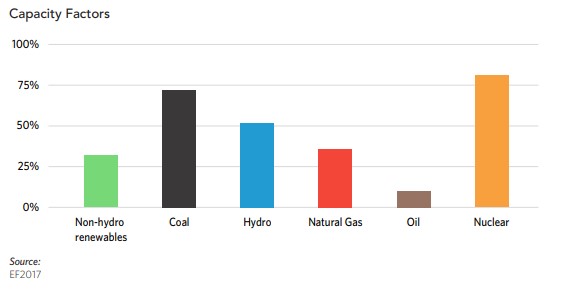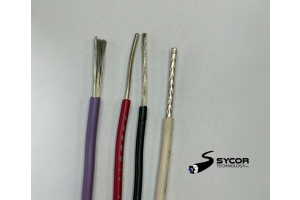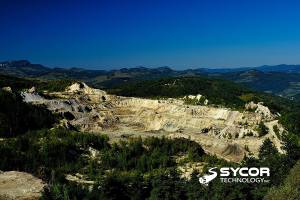
Nuclear power simplified:
Nuclear power can be produced in two opposing methods, the first of the two being nuclear fission. For this method, in a controlled environment, the nucleus of an atom is split into multiple smaller nuclei, releasing quite a bit of heat in the process. The second (and still experimental) method would be nuclear fusion, wherein the inverse of the fission reaction takes place. Two smaller nuclei merge creating a single nucleus, with some matter from each nucleus being converted into heat energy during the collision. In either case, this heat then rapidly warms the cooling agent (typically water) which then is directed towards a turbine generator to generate power. Essentially, nuclear power is one big, complicated steam generator, not dissimilar —in basic operation at least— to a steam locomotive. This all being said, nuclear energy serves as a method for energy generation that is free of harmful emissions with one glaring asterisk. While the primary byproduct in this process is steam, the more important and potentially damaging byproduct would be the radioactive spent fuel that has to be stored and secured safely to protect the surrounding environment. This aspect of the nuclear process drastically raises the cost of operating and maintaining such a source of production. High school science lesson aside, how does nuclear power compare to other more well-known and widely utilized methods of power generation in developed areas?

Image from: International Atomic Energy Agency
Due to the nature in which nuclear fission creates energy, the standard products found in other power generation applications may be incompatible based on their proximity to the harsh environments created in the process. Wires and cables, power cables, and coaxial cables found in proximity to such elements would need to be able to operate in or adjacent to the extreme pressures, temperatures, and radiation that are found in a nuclear power plant. Sycor prides itself on curating a wide and varied range of products within our catalog, with products such as these being specially designed with shielding and jacketing that allows for optimal usage even in these harsh conditions.
Some usages can include:
- Positioning and management of control rods
- Flux detectors
- Resistance temperature detectors
- Generators
- Reactor coolant pumps and safety valves
- Fire alarms
- Cameras, security, and communications equipment
Sycor is ready and capable of providing supplies and solutions for any of these usages and more. If you have any questions, or are looking to source any of these products for your project or application, please do not hesitate to reach out to our team at [email protected].
Green energy vs. Green energy: how does nuclear compare?
With a growing importance on shifting towards sustainable energy sources, how does nuclear power compare to its other green energy counterparts? In a case study conducted in 2018 by the National Energy Board of Canada, while nuclear power is on top in terms of the capacity and frequency to generate power, it also is currently one of the more expensive forms of power production in Ontario.


Graphs from: National Energy Board of Canada
At its current capacity, there is still quite a major issue in attempting to “go green” by glowing green. due to several reasons, the first of which is the level of time and effort involved in the creation and sourcing of viable fuels, as well as running the plants themselves. Additionally, even though in terms of its rarity uranium is about as common as tin or zinc, predictions based on current global supplies of the fuel vs. the current usage rate estimate that there will be about a 90-year period before we exhaust the entirety of this surplus. At this point, a scarcity would develop for fuelling these plants. This is partially due to the rate at which nuclear power plant projects are increasing not matching the rate of growth for sourcing, milling, and refining the fuel required for these plants. Alternative routes are being developed and iterated on as a means to combat this. Methods such as; how some spent fuel can be recycled and reused, research into other sourcing options (which is yielding promising results), and the aforementioned experimentation into nuclear fusion rather than fission. Even still, nuclear power currently can only serve as an ancillary or supplemental option for our ever-growing power needs. This being said, while it still is in the best interests of everyone to move towards more sustainable, renewable, and eco-friendly power generation sources, it is currently not feasible to rely heavily on nuclear power, even with its rarity and capacity for generation. Nuclear energy serves as a piece of the solution for moving away from fossil fuels, rather than the be-all-end-all solution.
For more information about us:
Call Toll Free - 1.800.268.9444 or Email Us - [email protected]
Sources:
Nuclear Energy in Canada Energy Market Assessment





